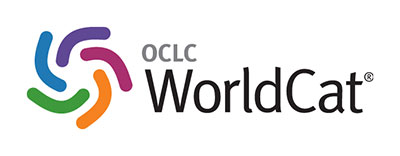LARANGAN PRAKTIK MONOPOLI DAN PERSAINGAN USAHA TIDAK SEHAT DALAM INDUSTRI SEPEDA MOTOR (KAJIAN PUTUSAN MAHKAMAH AGUNG NOMOR 217 K/PDT.SUS-KPPU/2019)
DOI:
https://doi.org/10.28932/di.v12i2.3121Keywords:
Monopoly, Business Competition, Indirect EvidenceAbstract
Business competition is an economic activity that runs in line with technological and industrial advances. With the existence of business competition, the Business Competition Supervisory Commission in Indonesia was formed which aims to supervise and protect business competition. This research will discuss the impact and legal consequences of the KPPU decision to the Supreme Court decision which still considers and uses circumstantial evidence and testimony based on hearing from other people. Based on the description above, the writer chooses the research title "Judicial Review of the Prohibition of Monopolistic Practices and Unfair Business Competition in the Motorcycle Industry (Review of Supreme Court Decision No. 217 K / Pdt.Sus-KPPU / 2019) with the formulation of the problem of legal impact from the Assembly's decision. The Cassation Judge proven not to consider and examine the objections / demands of the Cassation Appellant as well as whether the legal consequences of the verdict of the Cassation Panel of Judges use testimony from other people (testimonium de auditu) and indirect evidence (circumstantial evidence / indirect evidence) as a means trial evidence. So the authors want to examine this and use normative research methods that use interviews as supporting data. Keywords: Monopoly, Business Competition, Indirect EvidenceDownloads
Download data is not yet available.
Downloads
Published
2021-04-20
How to Cite
Hartanto, H., & Wirawan, G. Y. (2021). LARANGAN PRAKTIK MONOPOLI DAN PERSAINGAN USAHA TIDAK SEHAT DALAM INDUSTRI SEPEDA MOTOR (KAJIAN PUTUSAN MAHKAMAH AGUNG NOMOR 217 K/PDT.SUS-KPPU/2019). Dialogia Iuridica, 12(2), 50–68. https://doi.org/10.28932/di.v12i2.3121
Issue
Section
Articles













